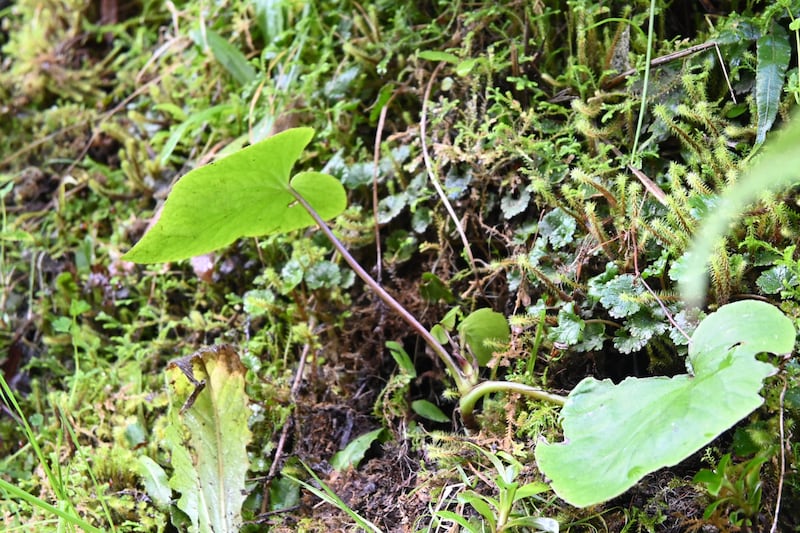When an extremely rare native plant was discovered during road works on the iconic Forgotten World Highway, State Highway 43, local iwi leapt into action.
The nationally endangered plant Brachyglottis turneri, or Manawa Kawa, as it has been named by iwi, is similar to an orchid with a heart-shaped leaf and small yellow flower that blooms from November to December.
It can only be found in 11 locations in Taranaki and a handful of places in Whanganui.
The Manawa Kawa was found in native forest in the Tāngarākau Gorge during work by NZ Transport Agency Waka Kotahi to seal the road, improve drainage and add new retaining walls.
Ngāti Maru tumu whakarae/chief executive Anaru Marshall said the find was amazing.
“This is a special plant that is only found in Taranaki and Whanganui, so it was amazing to discover it growing in the Tāngarākau Gorge,” Marshall said.

In December 2023, to ensure the plant population wasn’t impacted by the sealing project, Ngāti Maru representatives took cuttings from the plants under the guidance of horticulturist Phillip Smith, from Totora Glen Nurseries in Palmerston North.
Smith propagated the cuttings and cared for them until they were ready for replanting in the gorge.
He describes Manawa Kawa as an interesting but “very particular” plant.
“In the wild, they grow under waterfalls and near drains and seepages. It’s very easy for them to dry out so they require constant care,” Smith said.
In September 2024, representatives from Ngāti Maru and Ngāti Hāua and Department of Conservation rangers replanted more than 40 new plants on mossy banks in the Tāngarākau Gorge.
Marshall said the Manawa Kawa are right at home in the damp conditions and low light.
“The new plants are thriving, with many of them having flowered over the summer months.
“[It is] amazing to be able to protect and help increase the population,” he said.
The locations of the plants have been documented and the population will continue to be monitored.
LDR is local body journalism co-funded by RNZ and NZ On Air



